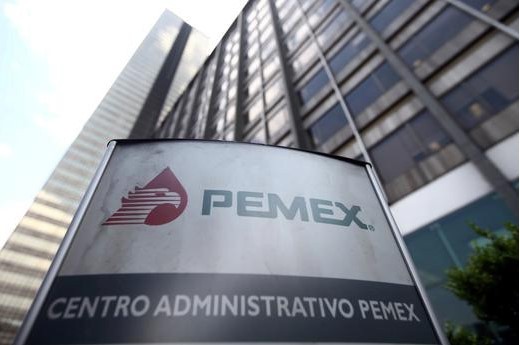Oil Production in Mexico Hits 15-Month High

National oil production In Mexico has achieved a milestone as it reached a 15-month high in January, news that is well-received by the private players, PEMEX, and the Mexican government.
January's production figure hit 1.724 MMb/d, the highest number since October 2018 where 1.744 MMb/d were produced. The new production figure signaled a run of three-months of increasing production numbers.
The new results showed a year-on-year rise in production figures by 6.42%. January 2020 has also seen as additional 104 Mb/d to those seen in January 2019.
The Mexican government, together with PEMEX and private players, has been searching for ways to improve the drastically falling national production rates. Thus, the stabilization of production served as an important signal.
Private players have been constantly growing and expanding their input into production, while PEMEX's output has seen much improvement since October 2018.
The production rates of private companies have seen an increase from 28.5 Mb/d to 48.96 Mb/d in the same period.
A notable jump was also seen when the Mitzon field, which is operated by the Italian oil company Eni, came online. Production rates spiked from 31.1 Mb/d in June 2019 to 39.1 Mb/d in July 2019.
According to PEMEX director Octavio Romero, national oil production is still lagging behind the rates they predicted, which was that the NOC would hit 1.8 MMb/d by the end of last year.
Mexico's oil production had fallen by more than 50 percent after seeing a peak of 3.454 MMb/d in December 2003. This is largely due to the plateauing and drops in production from the Cantarell Complex, Mexico's most significant oil field to data.
Located 80km into the Bay of Campeche, Mexico's former jewel account for over 2.1 MMb/d at the end of 2004.
Oil Crisis
In a report by Reuters in 2018, Mexican's national oil company PEMEX has found a significant drop in crude output to 1.76 million barrels per day in October, which was a 7% decrease compared to the output from the same month in the year 2017.
It was said to be one of the lowest monthly production levels since publicly accessible records began in 1990.
Mexican President Andres Manuel Lopez Obrador, who had just taken office in December 2019, vowed to revive the state-owned energy company by putting brakes on foreign investment in order to provide the public with a bigger cut of the country's oil wealth.
He also had plans to build PEMEX a new refinery. Plans were made to have it built in his home state of Tabasco because private-sector contractors could not meet his proposed budget and timeline.
Lopez Obrador also planned to overhaul PEMEX's six existing refineries that were already in poor conditions and running at 40% capacity.
Moody's, a rating agency, spoke out about the Obrador's refinery decision, saying it would take longer and cost more than what had been planned.
"The consequences for Mexico's credit profile will depend in part on whether it continues to undermine market confidence, further dampening already depressed investment and weighing on Mexico's economic prospects," Moody's said
The Mexican government hopes to have the refinery finished by May 2022.
Subscribe to Latin Post!
Sign up for our free newsletter for the Latest coverage!

















